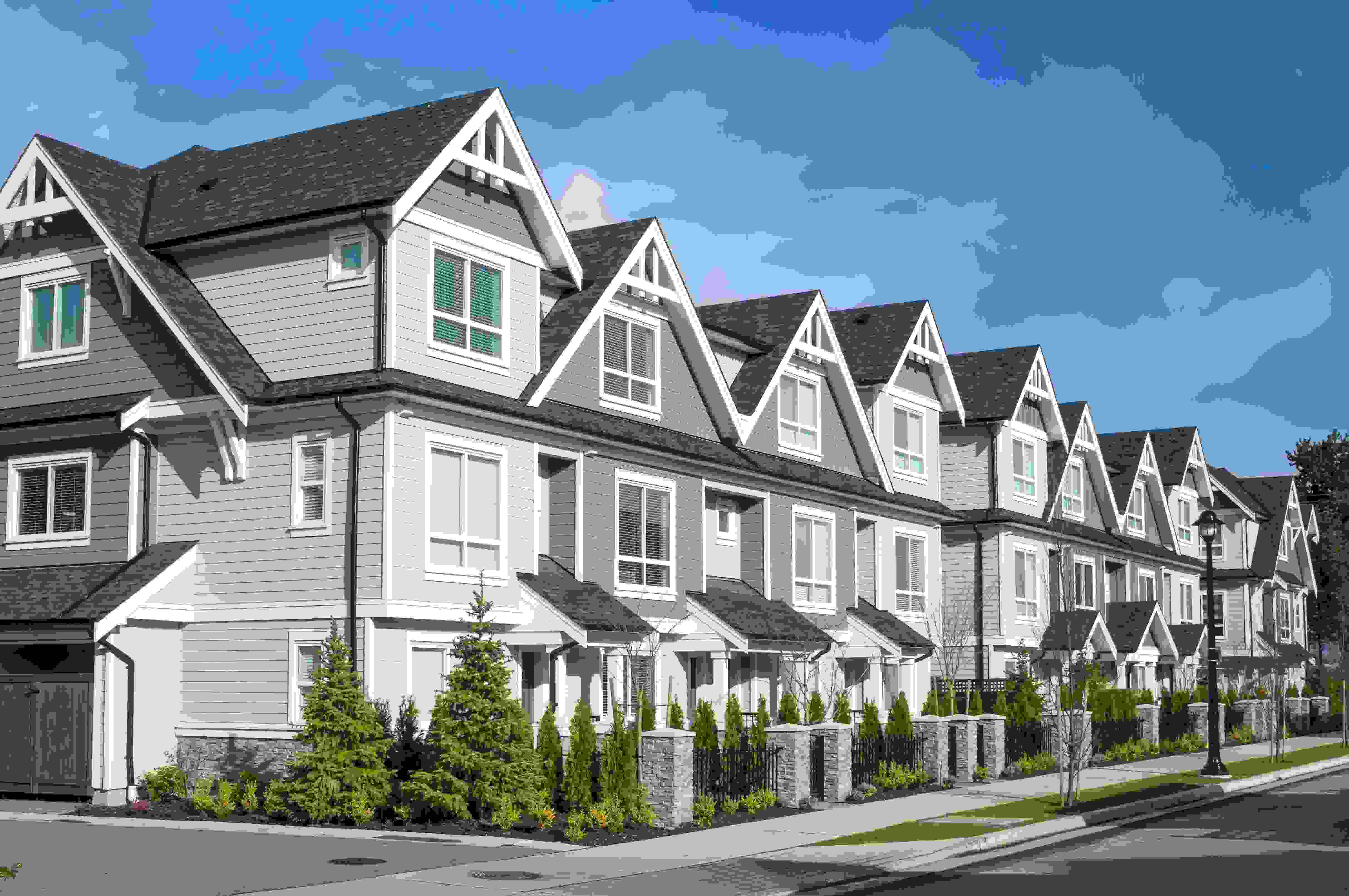BY JAY BRIJPAUL
A condo lifestyle can be alluring. There is no need to worry about the day to day maintenance that comes with owning a home such as shoveling snow and fixing roof shingles. Modern condominiums offer high caliber amenities, from theaters to car washing stations. Many refer to condo living as breezy, but sometimes a breeze can turn into a storm.
A condominium (condo) is defined as a building where the units are individually owned and any common areas such as the roof, passageway, and elevators, etc. shares in joint ownership. Joint ownership requires rules and all condos have bylaws to follow.
The owners will meet every year and elect a panel among themselves to oversee the condominium. The panel will appoint a management company. The law indicates that management must provide a report that entails the state of all the common areas and the cost of future repairs. For example, if the roof needs to be changed in five years at a cost of half a million, then, that money must be saved in a reserve fund. Condos have a monthly association fee which partly gets dispersed into a reserve for future repairs, and the other portion is used for day to day management.
I remember an incident where the president of a condo used his influence to elect his friends. The funds were mismanaged and eventually, every unit owner paid an additional special assessment fee of $36,000 to cover the cost of repairs. Banks refuse to give mortgages on new purchases and with the looming problem, many owners decide to sell. Prices plummeted. It is paramount to attend management meetings and know what is happening.
The bylaws of the condo along with the reserve fund study are part of a special report called the status certificate. The buyer’s lawyer will review it to ensure that the reserve fund is adequate. The certificate reveals any concerns of the condo, for example, if there are any pending lawsuits or increases in maintenance fees. Lawyers do not review the bylaws which may differ from building to building. For instance, if the building is pet free and the new owners have pets. Failing to comply with the bylaws can result in stiff financial penalties. One of the bylaws address the quiet enjoyment of all occupants and address noise complaints. I recall an incident where a few friends got together for a social gathering and the neighbor was disturbed. The board slapped the unit owner with a $750 penalty.
Condominiums have insurance but this is not adequate for the suite owner. The building insurance covers what happens outside the suite. A broken hose, for example, can result in water damages to many units and the cost of repairs could be colossal. Owners should have adequate liability and content insurance.
Planning on modernizing the suite requires the approval from management. Every condo has rules on renovations. Typically, construction can only be done at certain times, minimizing the disturbance to others. Removal of construction materials requires the use of the elevators where the bylaws require a potential damage deposit. Some condos have stipulations on the type of materials to be used. In an adult lifestyle building, for example, the bylaws only allowed for carpeting. Anything that is considered as common elements should not be tampered with and that includes the unit doors. I recall an incident where the unit owner installed a door stopper on the entry door. The condominium management removed it and bill the owner $500.
With skyrocketing home prices, many are choosing to live in condominiums. It is imperative that buyers review the status certificate before purchase so that they are familiar with what they can or cannot do. For those who are currently living in a condo, know your management and remember you have a right to oversee the management as well. Attend all the meetings and if there is a pressing issue, address it.
Condo living can be carefree when residents care about the wellbeing of other unit owners. Get involved in the day to day management; talk to other unit owners and develop a collective pride of ownership. A well-managed building with strong reserve funds and low maintenance fees has many advantages.

